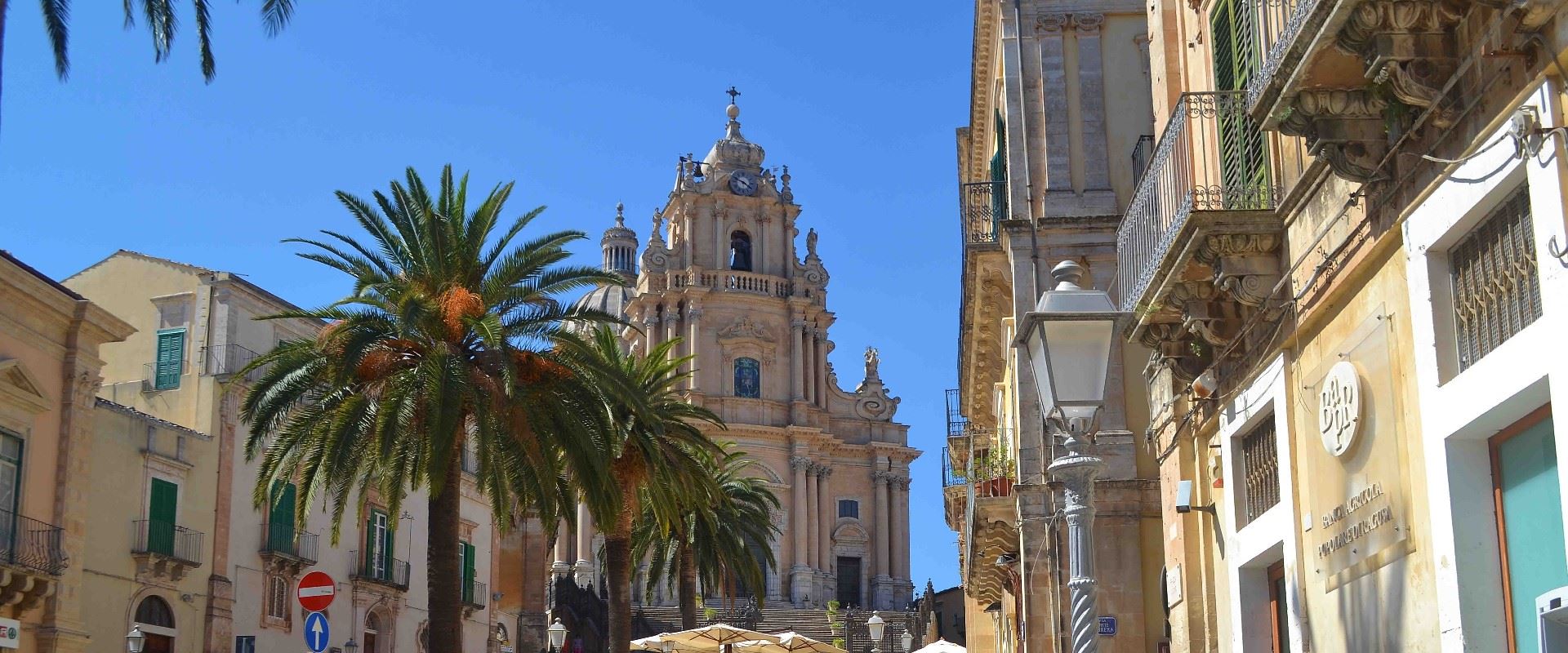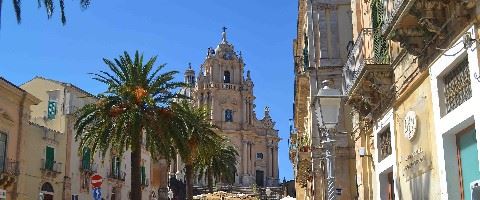One of the first Mediterranean holiday destinations, Sicily is the most richly endowed island in the Mediterranean, steeped in history and legend and in every respect an island of contrasts.
Few places can match Taormina’s superb position perched on a series of high terraces overhung with semi-tropical gardens, surveying a breathtakingly beautiful coastline. Wherever you are, Mount Etna, Europe’s tallest volcano at 3,320m, towers above. Taormina has an elegance and style created by a rich history in which the Greeks, Romans and Spaniards all had a hand. The beautiful villas and palazzos blend in with delightful narrow streets, small cafes, restaurants and well kept gardens to create a relaxing environment.
Milazzo is a charming town at the beginning of a 6km long peninsula on the Northern coast of Sicily, situated some 30km west of Messina. Known mainly for its port, it is the main link to the Aeolian Islands. Often overlooked by mainstream tourism, it is a little piece of heaven with a thriving town and a splendid 2km tree-lined promenade where you can enjoy watching or joining in with the classical Italian “passeggiata”.
The Nebrodi National Park host a unique and wonderful ecosystem, marked by thick woods, high pastures, an abundance of lakes, rivers and natural springs, and a wide variety of plants and animals. This lush green mountainous region offers the great beauty and elegance of the Nebrodi Griffon and Golden Eagle. Small medieval villages retain age-old traditions and typical produce, from Nebrodian black swine sausages to local cheeses, are particularly tasty and renowned. From here you can visit one of the many splendid Tyrrhenian beaches, inlets and resorts such as Capo d’Orlando, Brolo and Tindari.
Enna, located in the heart of Sicily, boasts some very significant and spectacular ancient and archaeological sites: Villa Romana del Casale is one of 44 UNESCO World Heratage sites in Italy and contains the largest, most complex collection of Roman mosaics in the world; Castello di Lombardia, the largest castle
in Sicily with an area of 25,000sqm, has six of its original twenty towers still standing; Morgantina is an ancient archaeological site which dates back to the Bronze Age; There are also cathedrals, churches, eight lakes and many nature reserves and forests.
Catania is the dynamic and fashionable second city of Sicily. The city boasts one of the greatest Roman ruins – the Amphitheatre in Piazza Steseicoro, the baroque Piazza del Duomo and the Cathedral of Santa Agatha where the composer Bellini is buried. The coastline between Catania and Taormina has many fishing villages like Acitrezza and Acireale with excellent restaurants serving a variety of sea food.
Syracuse, founded by the Greeks in the 7th century BC, became a centre of learning and culture. By the 15th century BC it was considered the centre of the civilised world. Today it is the provincial capital, retaining ancient Roman ruins, one of the largest Greek theatres in the world and a fascinating array of classic monuments and Baroque facades. As well as possessing a rich cultural history, Syracuse is set in breathtaking natural surroundings from the peaceful bay of Porto Grande to the
stunning backdrops of Mount Etna and the Iblea Mountains.
The impressive Baroque south-east of Sicily can be easily accessed from the hilltop town of Modica. Surrounded by wild countryside and rolling hills, just 30-minutes south of Ragusa, the upper town of Modica is watched over by the 18th century facade of San Giorgio, a worthy rival to the church of the same name in Ragusa Ibla. Highlights of this area include the well preserved architecture of Noto with its perfectly proportioned, tree lined Piazza Municipio – one of Sicily’s finest Baroque squares.








